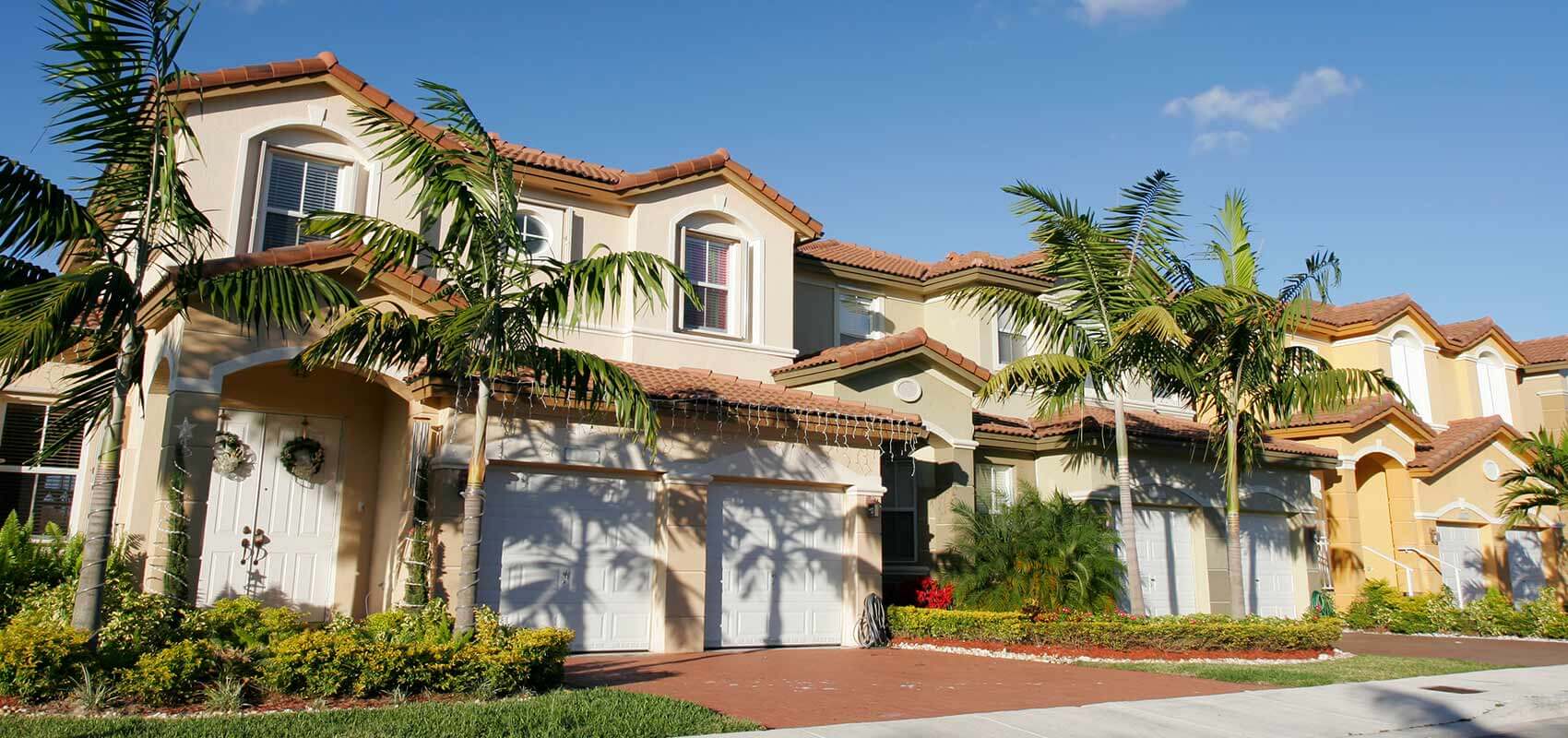Southern California has a long history with homeowners associations and nearly all of the area’s new construction is part of an HOA. While all southern Californians love the region’s geographic diversity and roughly 280+ days of sun per year, inland and coastal homeowners associations face slightly different challenges.
Here are a few key topics to keep in mind regarding the differences between coastal and inland HOA management.
Different weather means different maintenance challenges
While southern California weather is exceptionally mild compared to the rest of the country, maintenance considerations will always be defined by conditions specific to a particular area. Many of the upkeep challenges are similar, but coastal HOAs battle the effects of moisture, salt air and sun, while inland maintenance is often focused on mitigating the effects of heat.
Coastal communities will likely need to paint and seal wrought iron more often to protect against damage from salt air. They’ll need to inspect exterior woodwork frequently, looking for damage from dry rot and termites. Finally, coastal HOAs should keep an eye on pool furniture or other outdoor furniture that has been sitting in salt air. Meanwhile, communities in the Inland Empire are more likely to need to paint exterior surfaces often to correct damage from intense sunlight and heat, inspect and maintain solar paneling and re-finish woodwork that has taken a beating from the sun.
Read More: Common Issues Facing Orange County HOA Management.
Living near the great outdoors
HOAs further inland are more likely to border open spaces, and these undeveloped swaths of land are home to a greater concentration of wildlife. Inland Empire HOA management requires maintaining appropriate fencing around the perimeter of the community to keep homeowners and wildlife separated, for the safety and convenience of both. Inland HOAs are also wise to develop a plan to respond to the threat of wildfire, establishing communication and evacuation plans to help residents safely and calmly navigate an emergency.
Additionally, the added space afforded by inland locations may bring more opportunities for outdoor activities. Due to existing space limitations, coastal communities often already have firm rules in place regarding the storage and placement of recreational vehicles like boats, RVs and ATVs. Inland Empire communities should consider establishing appropriate regulations to promote homeowners’ freedom to enjoy outdoor activities while making sure to preserve the attractive aesthetic of the community.
Population spikes at the beach
The beaches of southern California are one of the area’s biggest draws, so coastal communities are tasked with managing demands that come with a denser population. Coastal HOAs may experience more challenges regarding parking scarcity and guidelines regarding vacation rentals, particularly during traditionally busy times of year for vacationers, such as summertime and around the holidays. HOAs facing these issues should explicitly articulate community rules & regulations regarding each.
Older communities, dated amenities
Many coastal HOAs were established decades before their inland counterparts. As such, some coastal HOAs might still feature amenities that reflect the priorities of the association during a previous era. Coastal HOAs that are over 30 years old might want to consider if their amenities are keeping up with the needs of today’s southern California residents. If not, it might be time to start planning for a remodel to install amenities that match the lifestyle of their community today.
Landscaping differences
Drought is a problem across southern California, so many of the newer communities further inland have been designed from their inception to feature drought-tolerant landscaping. Older communities on the coast may be tasked with swapping out turf and other thirsty non-native plants that no longer make sense for today’s environmentally aware communities. These HOAs may need to rethink their outdoor spaces, selecting a vendor with experience transitioning communities with large outdoor spaces to drought-tolerant landscaping that makes more sense.
Because communities across southern California face many of the same challenges, more and more boards are recognizing the benefits of sharing coastal and Inland Empire HOA management best practices between them. That said, distinctive aspects of location present specific considerations that HOA board members should keep in mind as they strive to help their own community reach its full potential.
We specialize in southern California HOA management. Contact our experienced management professionals to discuss how your board can make the most of your association’s unique features.
